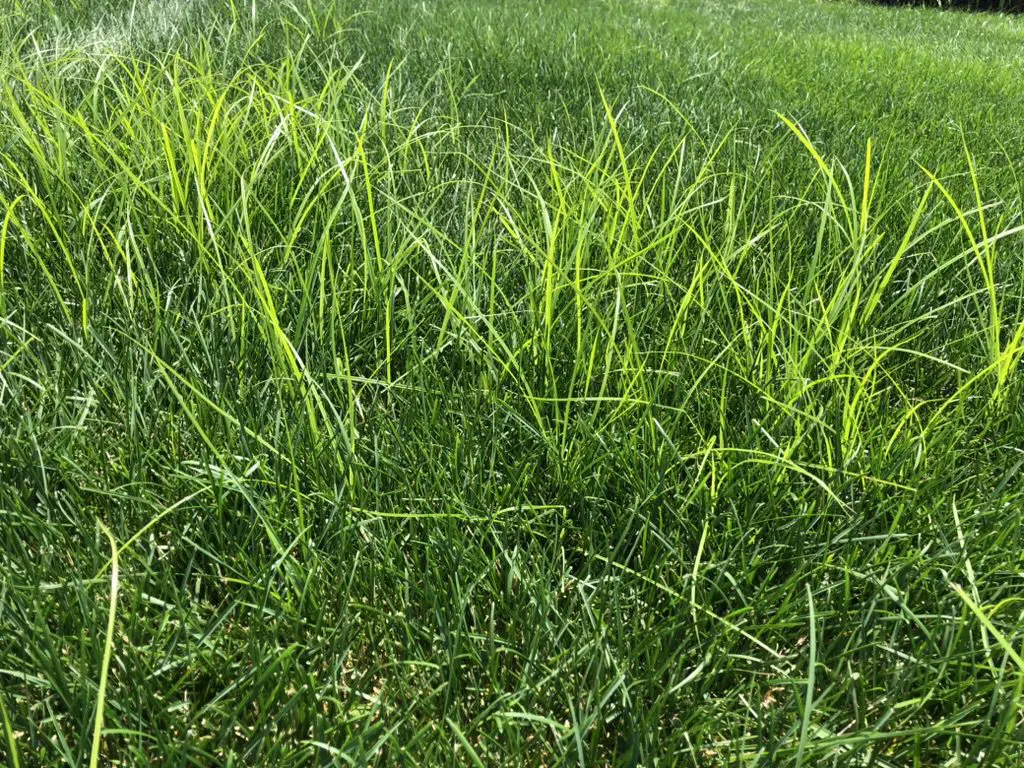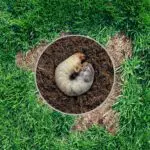Nutsedge is a common and persistent weed that can quickly take over lawns if left unchecked. Understanding the characteristics of nutsedge and how to effectively manage it is crucial for maintaining a healthy and vibrant lawn. In this post, we will delve into the details of nutsedge, and its identification, and provide practical methods for controlling and preventing its spread in your lawn.
1. What is Nutsedge?
– Nutsedge, also known as nutgrass, is a perennial weed that resembles grass but is a member of the sedge family. Its triangular stem and distinctive seed heads make it easily distinguishable from traditional grasses.
2. Identifying Nutsedge in Your Lawn
– Nutsedge often grows faster than surrounding grass, and its leaves are longer and thinner. The stem is triangular in cross-section and can be easily felt when rolled between your fingers. Additionally, nutsedge produces small nut-like tubers underground, making it difficult to eradicate.
3. Understanding Nutsedge’s Growth Habits
– Nutsedge thrives in moist and poorly drained areas, making it a common problem in lawns with excessive watering or drainage issues. It can also tolerate a wide range of soil types and pH levels, making it adaptable to various environmental conditions.
4. Effective Control and Prevention Methods
– Regular mowing at the proper height can help weaken the nutsedge and prevent it from spreading. Additionally, applying pre-emergent herbicides in the spring can help control nutsedge growth by inhibiting the germination of its seeds. Post-emergent herbicides specifically designed for nutsedge can also be effective in controlling established plants.
5. Cultural Practices to Prevent Nutsedge Infestation
– Improving soil drainage, addressing irrigation issues, and promoting healthy turf growth through proper fertilization can help create an environment less conducive to nutsedge growth. Over-seeding with desirable grass species can also help outcompete nutsedge in the lawn.
Nutsedge can be a persistent and frustrating weed to deal with in your lawn, but with a clear understanding of its characteristics and growth habits, effective control and prevention methods can be implemented. By identifying nutsedge, practicing proper lawn maintenance, and using targeted herbicides, you can successfully manage and prevent the spread of this troublesome weed, ultimately restoring the health and






